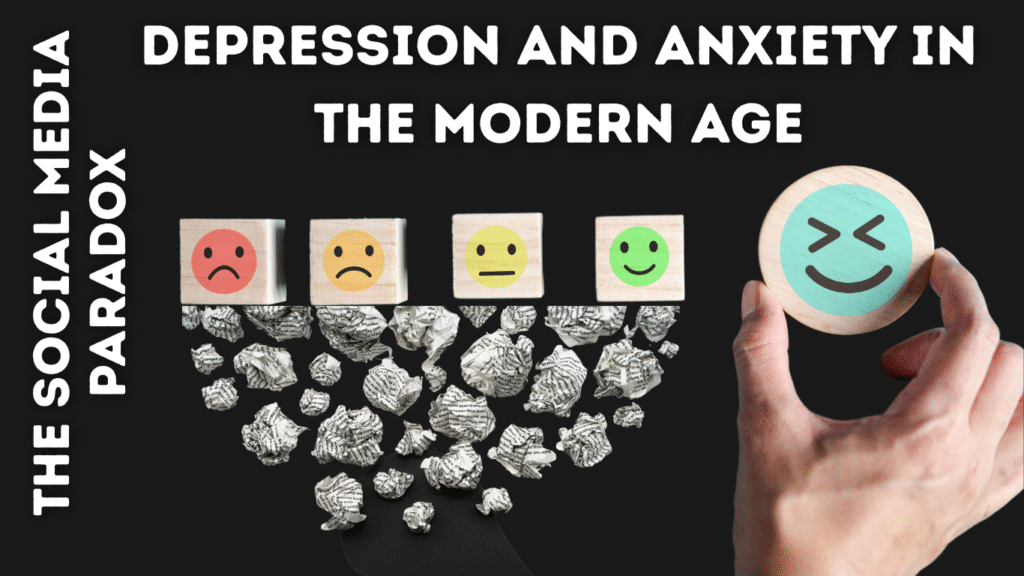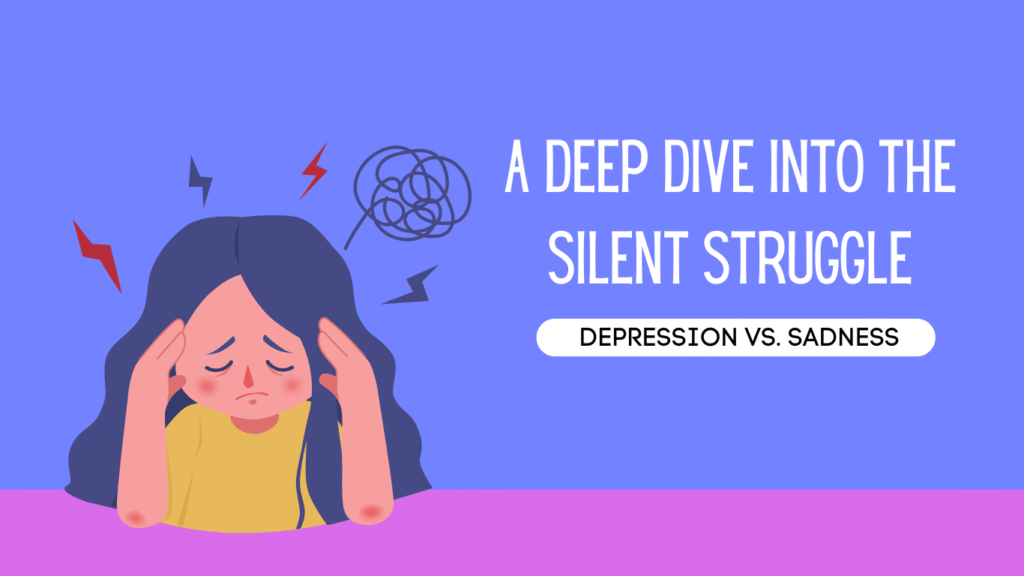Understanding Dopamine and Its Role in the Brain
What is Dopamine?
Dopamine is a neurotransmitter, often called the “feel-good” chemical. It’s your brain’s way of rewarding behavior that it wants you to repeat—like eating good food, exercising, or achieving a goal. It’s not just about pleasure; it’s about motivation, focus, and habit formation.
Every time you anticipate a reward, your brain releases a little hit of dopamine. That’s what gets you excited before a date, or keeps you hitting “next episode” during a Netflix binge. It’s the chemical spark behind both positive habits and addictive patterns.
The Brain’s Reward System
Your brain has a built-in reward system called the mesolimbic pathway. This system is designed to reinforce behaviors that promote survival—like eating and social bonding. When dopamine flows through this circuit, you feel good, satisfied, and motivated to repeat whatever caused it.
But here’s the catch: this system isn’t very good at distinguishing between healthy rewards and artificial ones. And that’s where the dopamine trap begins.
Dopamine and Instant Gratification
Social media gives your brain a steady stream of tiny, unpredictable rewards—likes, comments, follows. This is known as variable reward scheduling—the same principle slot machines use to keep people gambling.
You scroll. You get a like. Dopamine hit.
You post. Someone comments. Dopamine hit.
You refresh. A new notification. Dopamine hit.
This cycle of instant gratification trains your brain to crave more—leaving you stuck in a loop of checking, scrolling, and craving feedback.
The Link Between Dopamine and Social Media
Why Social Media Feels So Addictive
Social media platforms are engineered to keep you engaged. They exploit the brain’s reward system by offering unpredictable rewards—like a surprise comment or a viral post—that spike dopamine and keep you coming back.
This is not accidental. These platforms are built by behavioral psychologists and AI engineers to be as sticky as possible. The longer you stay, the more ads you see. Your attention is their profit.
And your brain? It’s just chasing the next reward.
How Likes, Shares, and Notifications Trigger Dopamine
Each notification acts like a tiny reward. Even seeing that little red badge or hearing a ping releases a dopamine surge. Over time, this trains your brain to associate those sounds and visuals with pleasure.
This is classical conditioning—just like Pavlov’s dog. Eventually, the cue alone (the ping) is enough to cause a dopamine spike, even before you see the reward.
That’s why ignoring your phone can feel uncomfortable or even impossible.
The Role of Algorithms in Reward Seeking
Social media algorithms are designed to learn what content triggers your dopamine system and feed it back to you—endlessly.
You like motivational posts? Here’s 100 more.
You pause on a funny video? Now your feed’s full of them.
You get angry at a headline? Let’s serve you more outrage.
These feedback loops are addictive. They hijack your brain’s natural reward-seeking behavior and turn your attention into a commodity.
The Science of Social Media and Brain Chemistry
How Social Media Hijacks the Reward System
Your brain’s reward system isn’t designed for the constant stimulation social media provides. It evolved to reward real-life behaviors like connecting with people face-to-face or accomplishing goals. But now, it’s being hijacked by something far less meaningful: scrolling and screen-tapping.
Each swipe or refresh becomes a gamble. Will this video make me laugh? Will I get another like? It’s a dopamine-driven loop, and the more you engage with it, the more your brain starts to crave it.
What’s worse? Overstimulation actually makes natural, slower rewards—like reading a book or taking a walk—feel dull. Your brain becomes conditioned to prefer fast, flashy feedback over deeper, more meaningful experiences.
Brain Scans and Behavioral Studies
Scientific studies using brain imaging show that social media use activates the same brain areas as addictive substances—specifically, the nucleus accumbens, the part of the brain responsible for dopamine processing and craving.
In fact:
A 2016 UCLA study found that teens showed heightened brain activity when their photos received many likes.
Another study revealed that people who use social media compulsively have lower activity in areas responsible for impulse control.
What this tells us is clear: social media is not just a habit—it physically alters how the brain functions.
Long-Term Effects on Attention and Focus
Constant dopamine spikes from social media can actually weaken your prefrontal cortex—the part of the brain responsible for focus, decision-making, and emotional regulation.
This leads to:
Shorter attention spans
Difficulty concentrating
Increased distractibility
Poor emotional self-regulation
It’s why you may start 10 things and finish none. Or feel emotionally fragile after spending too much time online. Your brain isn’t malfunctioning—it’s overwhelmed.
The Psychological Consequences of the Dopamine Trap
Anxiety, Restlessness, and Mood Swings
Social media can feel good in the moment—but often leaves us feeling worse. Why? Because your dopamine levels spike during use, then crash afterward, leading to withdrawal-like symptoms:
Irritability
Restlessness
Anxiety when not connected
This rollercoaster messes with your baseline mood and nervous system. You feel more emotionally volatile, less grounded, and more prone to overstimulation.
Social Validation and Self-Worth
One of the biggest psychological effects of the dopamine trap is how it ties your self-worth to social validation. If your post does well, you feel good. If it flops? You feel invisible or unworthy.
This external dependence rewires how you see yourself:
Self-worth becomes a numbers game
You start posting for likes instead of self-expression
You compare yourself to people’s highlight reels
Over time, this creates an emotional dependency that’s hard to break—and deeply tied to your sense of value.
Comparison Culture and Emotional Drain
Social media makes it easy to compare your behind-the-scenes to someone else’s highlight reel. Everyone looks happier, richer, fitter, or more successful online.
This leads to:
Chronic dissatisfaction
Low self-esteem
Jealousy and shame
Emotional burnout
When your brain is constantly exposed to “better,” it starts believing you’re “less.” That’s the silent cost of the dopamine trap.
The Impact on Children and Teens
Developing Brains and Dopamine Sensitivity
Children and teens have developing brains that are even more sensitive to dopamine. This means social media not only creates addiction faster but can also have deeper consequences long-term.
Because the prefrontal cortex (responsible for self-regulation) isn’t fully developed until the mid-20s, young people are more likely to:
Develop compulsive scrolling habits
Struggle with emotional regulation
Form identity based on online validation
The earlier the exposure, the greater the risk.
Risks of Early Exposure to Digital Stimuli
Early access to social media can interfere with emotional maturity and social development. Kids who grow up in the dopamine trap often:
Have trouble tolerating boredom
Need constant stimulation
Struggle to form deep, real-world connections
Without balance, it’s easy for screens to replace hobbies, face-to-face interaction, and even basic self-care.
Digital Dependency in Adolescence
Teens often tie their entire social identity to their online presence. From Snap streaks to TikTok trends, their self-image is shaped by what others think—and say—online.
This dependency can lead to:
Depression
Social anxiety
Risk-taking for likes and approval
Body image issues
The dopamine trap becomes especially dangerous during these formative years, making digital boundaries more important than ever.
Signs You’re Caught in the Dopamine Trap
Constantly Checking Your Phone
One of the clearest signs you’re stuck in the dopamine trap is compulsively checking your phone—often without realizing it.
You check:
First thing in the morning
During conversations
At red lights
Even when there are no notifications
This behavior is your brain chasing a dopamine fix. And the more often you give in, the more you reinforce the habit.
Feeling Empty Without Online Feedback
You post a photo, and minutes later, you’re watching for likes. If they don’t come fast enough, you start to feel:
Insecure
Anxious
Rejected
This is your dopamine system reacting to lack of reward. When your mood hinges on digital responses, it’s a sign your brain has been rewired to equate validation with worth.
Mood Swings Tied to Social Media Activity
Another major red flag? Your emotions fluctuate based on your online interactions. One mean comment ruins your day. One viral post lifts your mood for hours.
This emotional volatility is the price of dopamine dependence—and it leaves you constantly riding the highs and lows of other people’s opinions.
Breaking Free: How to Reset Your Brain
Digital Detox and Dopamine Fasting
Dopamine fasting isn’t about eliminating pleasure—it’s about restoring balance.
Start small:
Go offline for 24 hours
Turn off notifications
Delete one app for a week
These changes help your brain rebalance its dopamine receptors, so it can begin to appreciate slower, healthier rewards again—like real conversation, movement, and nature.
Mindful Scrolling and Intentional Usage
Instead of mindlessly scrolling, become intentional:
Ask yourself: “Why am I opening this app?”
Set a timer before you scroll
Follow accounts that make you feel good, not inferior
Mindful social media use gives you the benefits of connection without the emotional fallout.
Rebuilding Natural Reward Systems
Your brain needs natural ways to release dopamine again:
Exercise (even 10 minutes helps)
Real-world achievements
Acts of kindness
Meditation or breathwork
Creating something (art, music, writing)
These activities rewire your brain for internal rewards, which are more sustainable and mentally grounding.
Building a Healthier Relationship with Social Media
Set Screen Time Limits
Use tools like:
Apple’s Screen Time or Android’s Digital Wellbeing
App blockers like Freedom or StayFocusd
Scheduled phone-free hours (like before bed or during meals)
Boundaries aren’t restrictions—they’re freedom from the algorithm.
Follow Content that Uplifts and Inspires
Social media isn’t inherently bad. It becomes toxic when your feed is filled with:
Unattainable beauty standards
Negative news loops
Clickbait rage posts
Instead, curate your feed like a garden:
Follow creators who inspire you
Seek out mental health advocates
Fill your scroll time with joy, learning, and authenticity
Replace Scroll Time with Real-Life Rewards
Instead of chasing digital highs, replace those habits with real experiences:
Call a friend
Cook something new
Go for a walk in nature
Listen to music without distractions
Real life might feel “slower,” but it’s richer—and it helps your dopamine system return to its natural rhythm.
Conclusion
Social media has changed the world—and our brains—with it. The dopamine trap is real. It rewires how we think, feel, and seek validation. But here’s the truth: your brain isn’t broken. It’s just responding to a system designed to hijack it.
By becoming aware of your triggers, setting better boundaries, and reclaiming your time and attention, you can break free from the trap—and rebuild a brain that seeks connection, joy, and meaning in the real world.
The next time you reach for your phone out of habit, pause. Breathe. Ask yourself: “Is this a craving, or is it comfort I really need?”
Because your attention is sacred—and it belongs to you.
FAQs
1. Can dopamine addiction from social media be reversed?
Yes. With consistent digital detoxes, mindfulness, and healthy habit replacement, your brain can reset its reward system. It takes time—but it’s absolutely possible.
2. How long does it take to reset your brain after a detox?
It varies, but most people notice improvement within 7–14 days of reduced screen time. Full emotional balance may take 30+ days, depending on how addicted you were.
3. Is dopamine fasting a real thing?
Yes, though it’s often misunderstood. Dopamine fasting doesn’t eliminate dopamine—it reduces overstimulation, allowing your brain to re-sensitize to healthier pleasures.
4. Are some platforms more addictive than others?
Yes. Platforms with short, variable content (like TikTok, Instagram Reels, and Twitter) tend to spike dopamine more intensely than slower platforms like Reddit or Pinterest.
5. How can I help my child avoid the dopamine trap?
Model balanced screen use, limit device time, encourage real-life hobbies, and teach them about how social media affects the brain. Open conversations are key.


